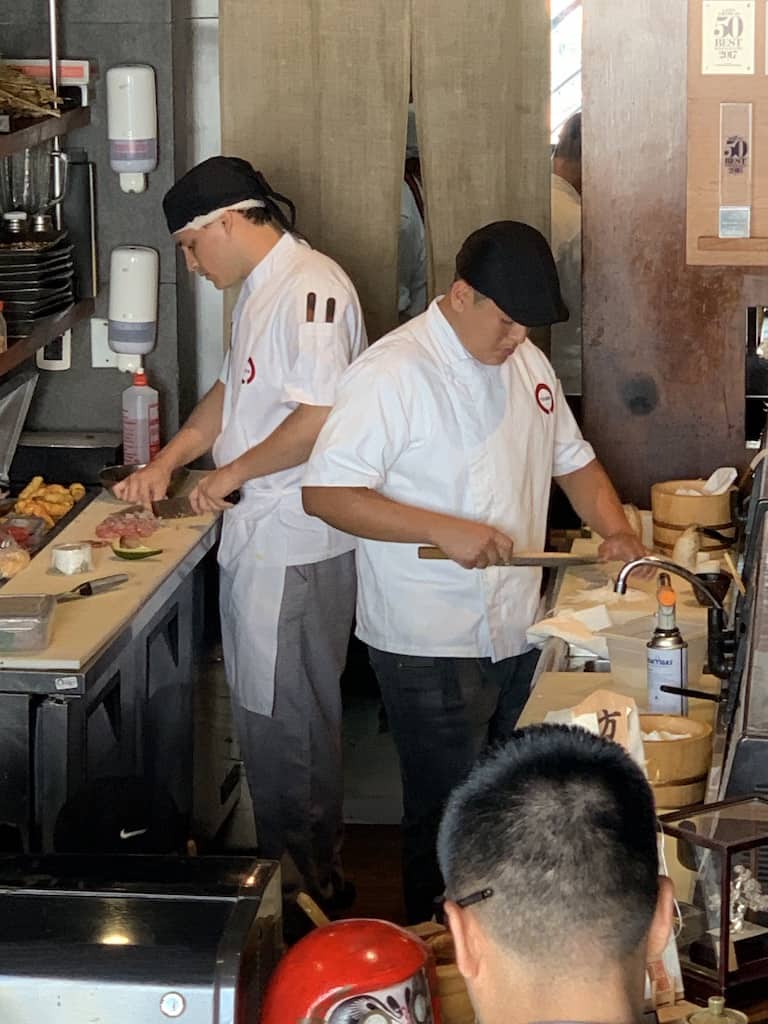
A few weeks ago, we wrote about our dining experience at NOMA, in Copenhagen, Denmark. Missed it? You can read it here. Continuing on with world-ranked restaurants doing special food, we would be remiss if we didn’t go back to Lima, Peru to talk about Nikkei food and Maido. Chef Mitsuharu ‘Micha’ Tsumura marries Japanese cuisine with Peruvian fare to create Nikkei food. For the 2019 world rankings, Maido sits at number 10 (number 7 for 2018) and is the number 1 restaurant in South America (keeping the number 1 spot it held in 2017 and 2018).
“NIkkei” is the word for the descendants of Japanese emigrants living around the world. In Peru, they began arriving in numbers at the turn of the 20th century to work on plantations. Although the Nikkei population is much larger in other countries (in Brazil, there are 1.5 million), at some point, “Nikkei” began to refer to food produced by Japanese-descendant chefs in Peru. Maido describes the cuisine as follows: “Life is movement. Nothing is static or absolute. No one is. We are in a state of constant flux, just like the Earth, the tides, bacteria, light, the blood in our bodies, colours, seeds. Like family trees, cuisines are constantly being redefined, their identities enriched by an intense intercultural exchange which has formed the basis of all civilization ever since humans shared their first sounds, products, ideas, and customs. Fusion cuisine is just that: cooking, an inclusive word that perfectly encompasses it all. The fireplace is where bloodlines merge, where people come to sing, individual and group histories are forged, life gestates. The fireplace is where dialogue is fostered, the elements meet, opposites attract. Thus was born Peruvian Nikkei cuisine: from a complex history called Peru; and another, equally complex, far-off and foreign history called Japan that merged to live in harmony and create the third reality: Nikkei Cuisine.”
Tsumura, born in Lima, opened Maido in 2009. He studied culinary arts in the US after encouragement from his father to follow his passion for cooking. A journey to Japan helped him learn about his heritage – culturally and culinarily – as well as knife skills and how to cook rice and make sushi.
Maido is located on a discrete corner in Miraflores. The bustling second-floor restaurant features a sushi bar and hundreds of colourful ropes hanging from the ceiling.
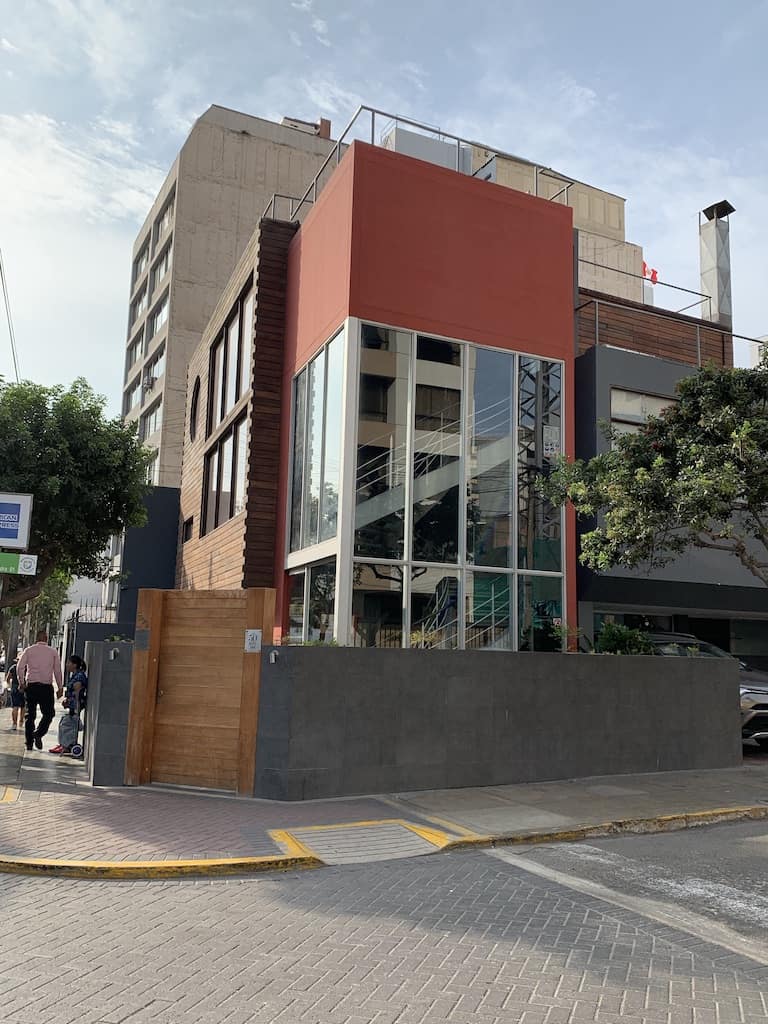
The cocktail list tweaked our interest, so we started with a “Zamboni”, essentially a Negroni made with pisco instead of gin. As Canadians, we can’t resist anything that bears the name of Frank Zamboni, the inventor of the modern ice resurfacer found in every hockey arena.
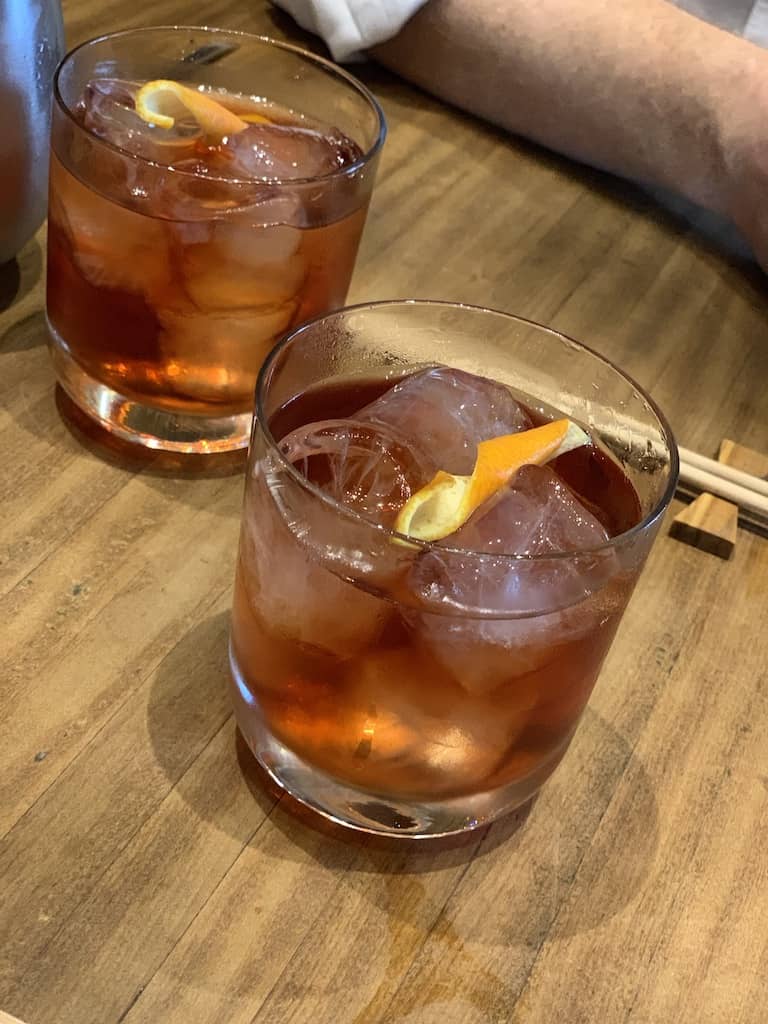
Since the menu is a journey through Japanese Peruvian cuisine, with an emphasis mostly on fish and shellfish, I asked Pete to take charge of the menu commentary (similar to his commentary on Central, which you can read here.)
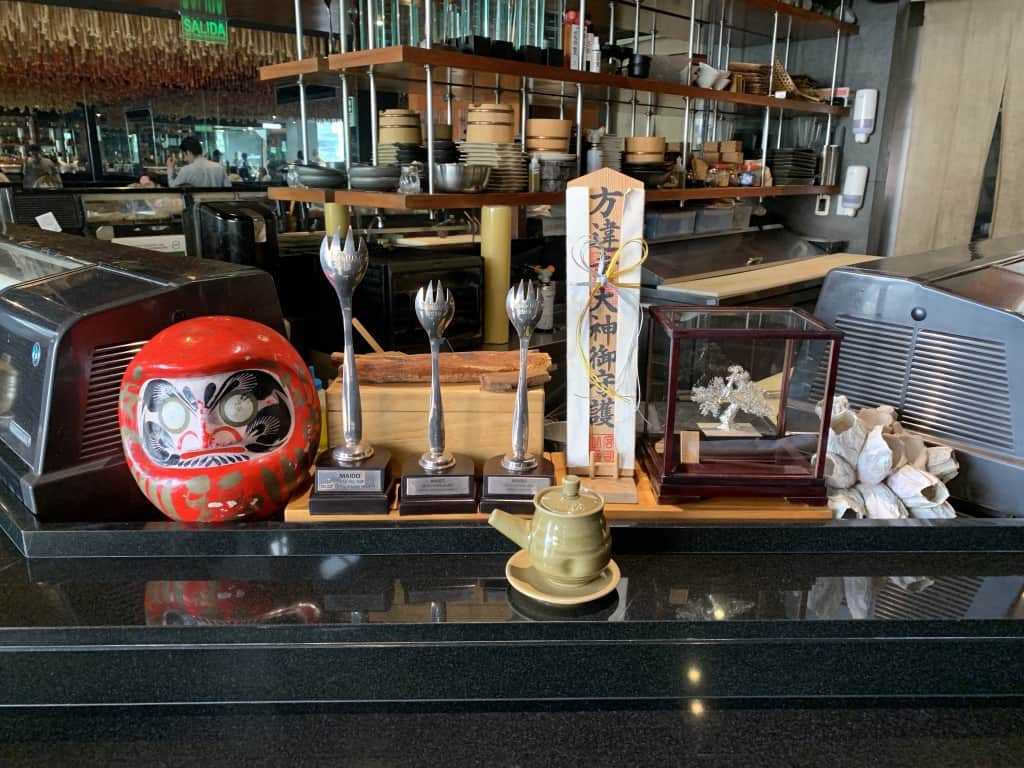
I’m having the fish-forward tasting menu called “Nikkei”. According to the menu, “life is movement”. I hope not – I have a long flight later today. It can’t be adjusted for Elin, so she will eat a la carte. They bring her an amuse-bouche before she gets a menu. We think it might be a mistake, but she eats it anyway.
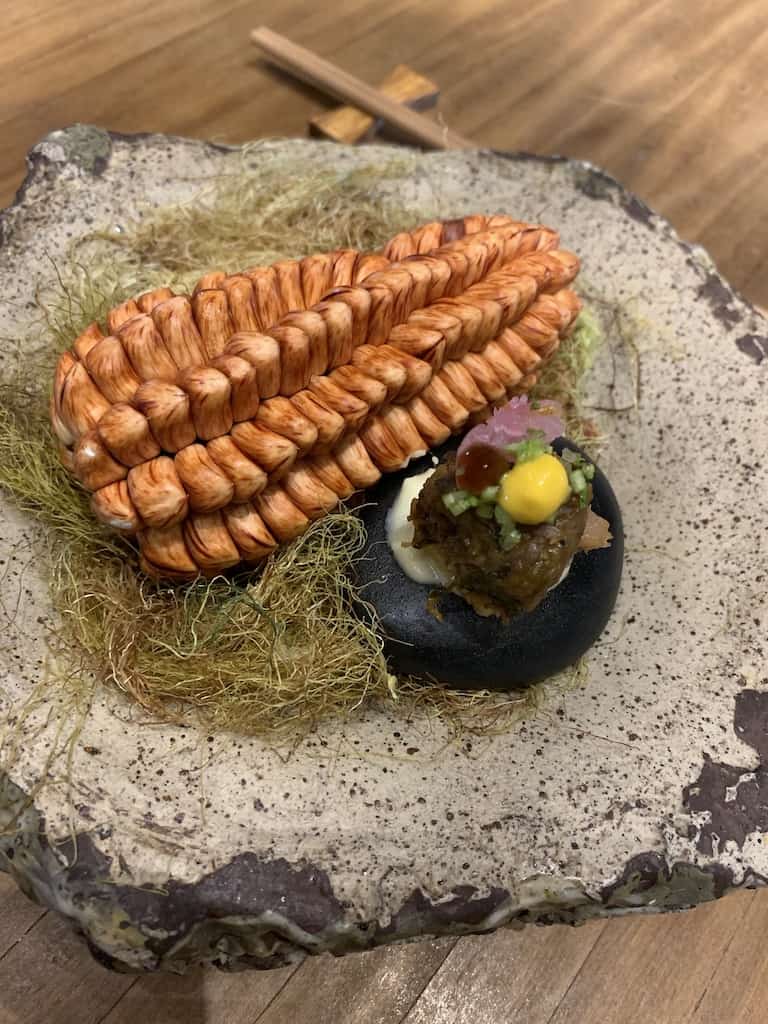
The waiter brings a menu and a long discussion with Elin ensues. They have cuy! Elin isn’t sure she wants another one, but orders it to see how it is prepared Japanese-style.
Elin’s first non-fish item is a beef nigiri (Argentinian beef served with a mini quail egg and ponzu, flambéed at the table with a blow torch). She orders a ramen soup for the main.
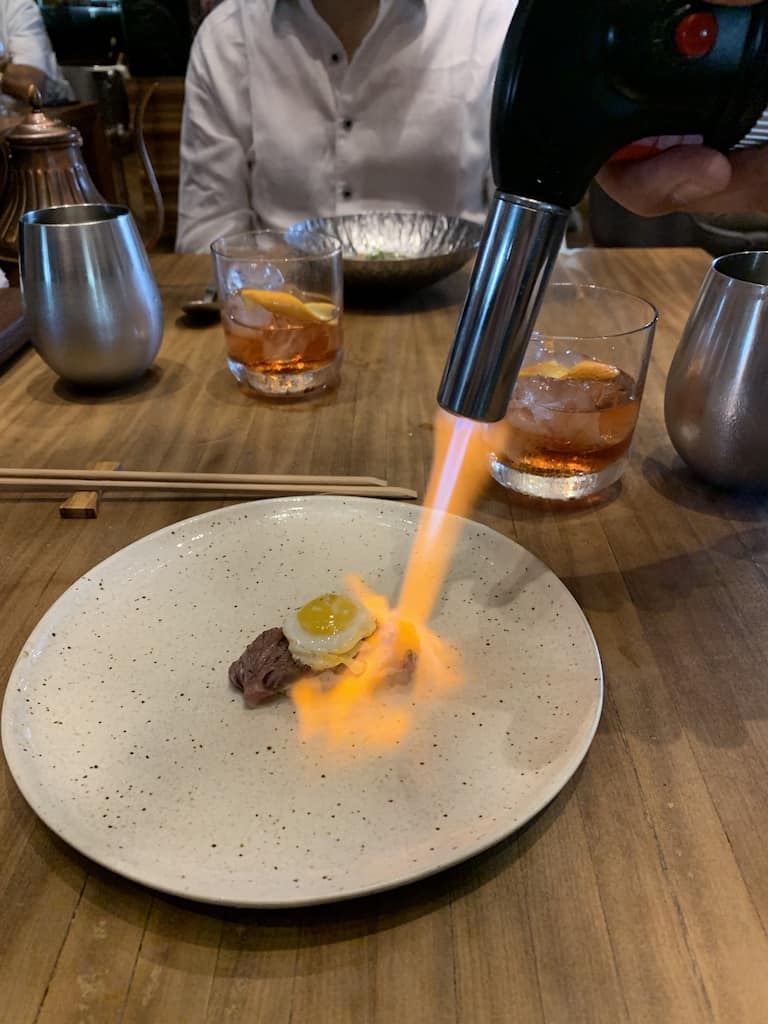
Pete is having the Nikkei Experience Menu, a set menu of courses.
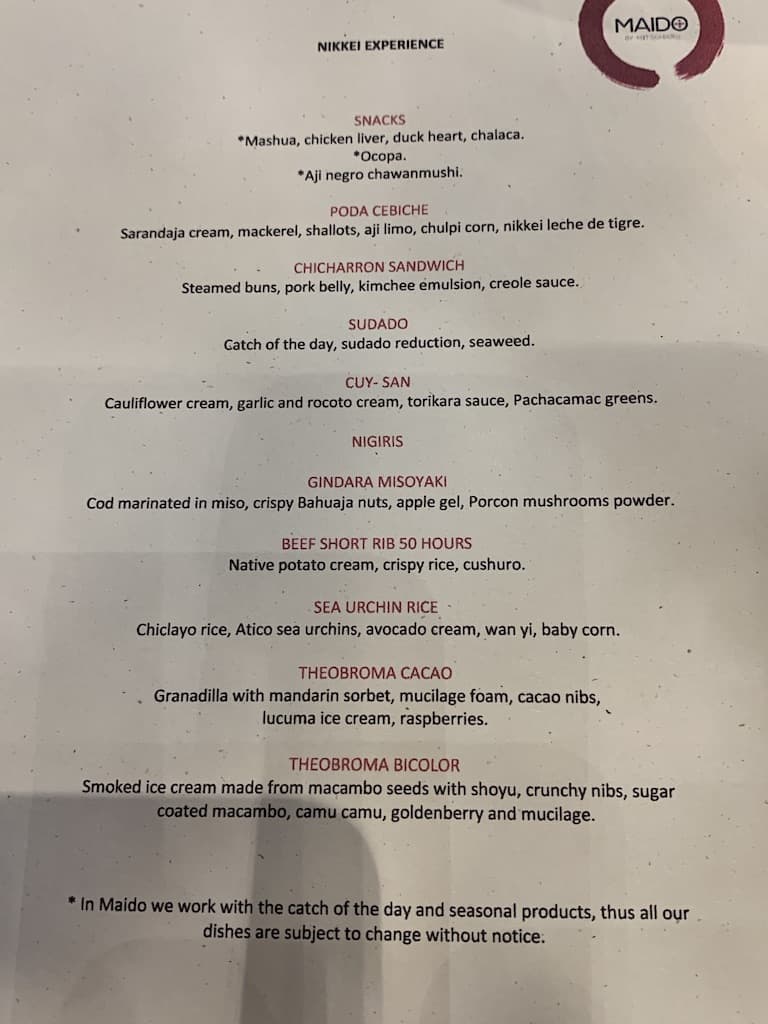
- The first dish is comprised of 3 items (clockwise from 9:00):
A) fois gras with mashed root on stacked plantain wafers
B) croquette with mashed sweet corn – hot
C) yuzu traditional Japanese custard (like a fishy guacamole) with toasted black sesame – cold dish
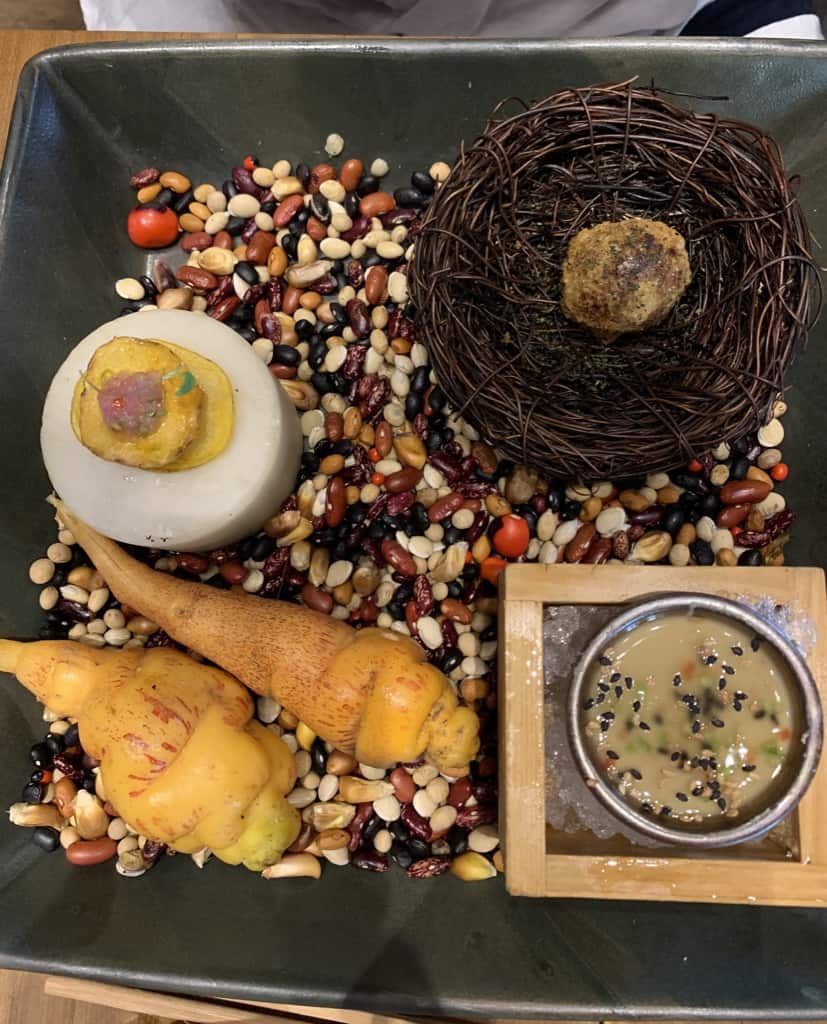
2) Ceviche with tigers milk broth (chili, salt, pepper, fish stock and milk) and a little silver fish (pejerrey) that looks like anchovies – spicy chilies, onions, cilantro (which Pete ignores), crunchy corn and avocado.
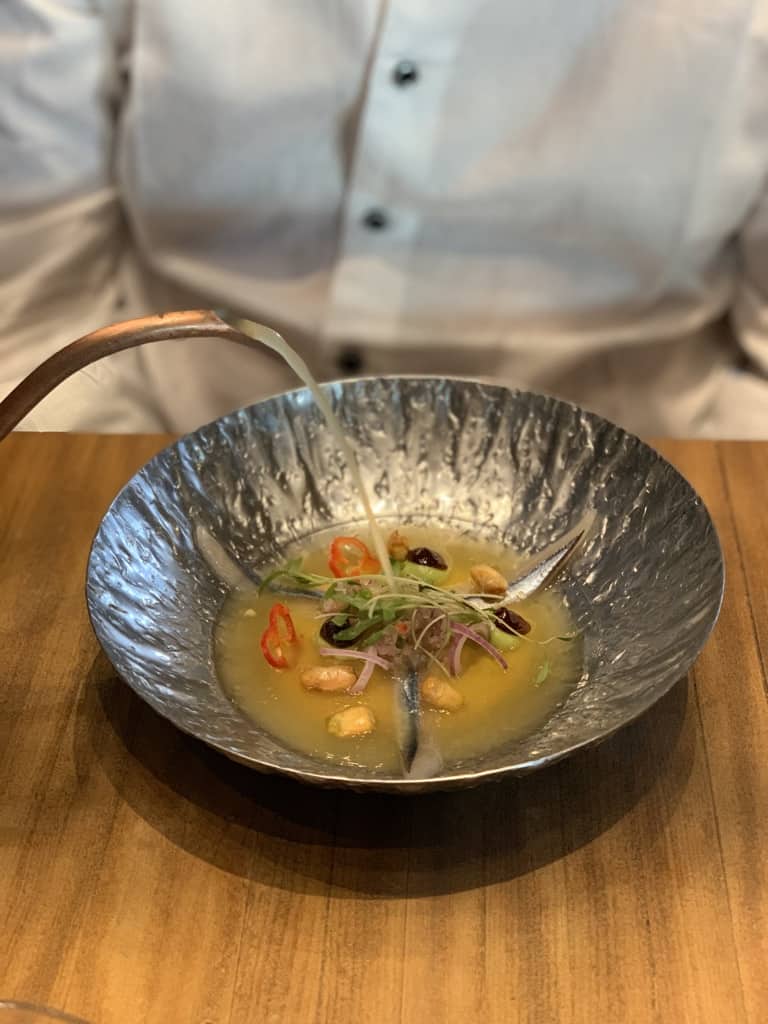
3) Pork belly slider. Chicharron. Bao bun with crispy pork belly, red onion, spicy creole sauce on the side. Elin ate half of mine and then ordered one of her own! (ELIN’s NOTE: not apologizing, it was super delicious)
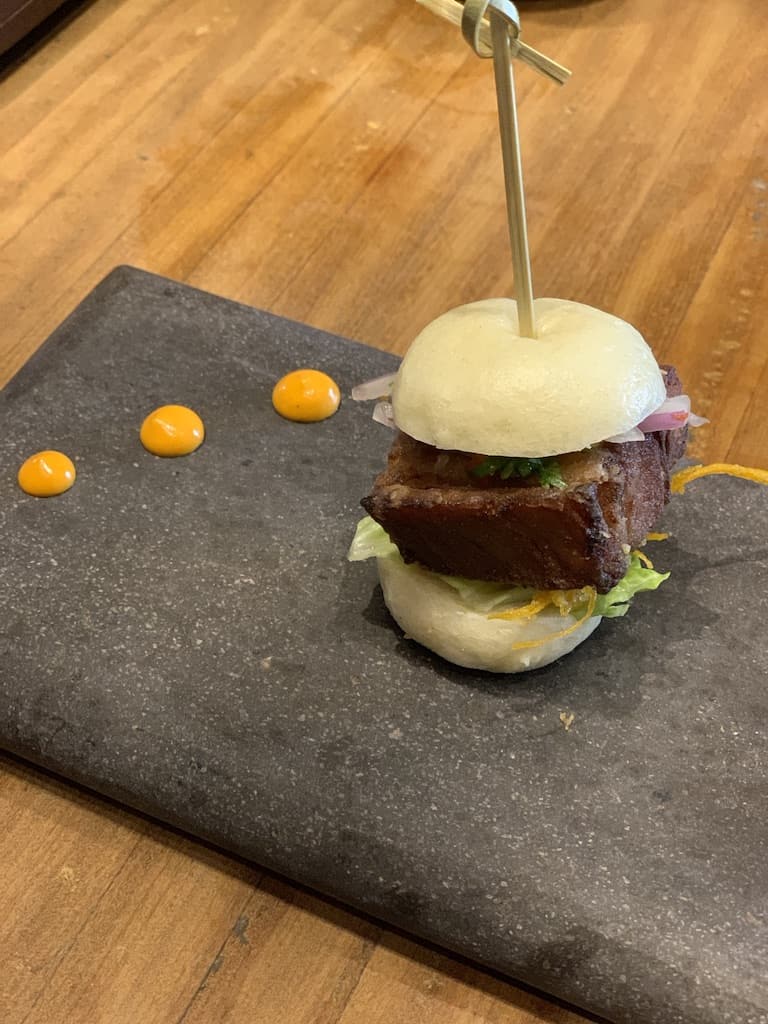
4) Monkfish, clam and 3 kinds of seaweed with reduced crab and fermented corn – served in a cast iron pot with a yellow chili broth poured over it.
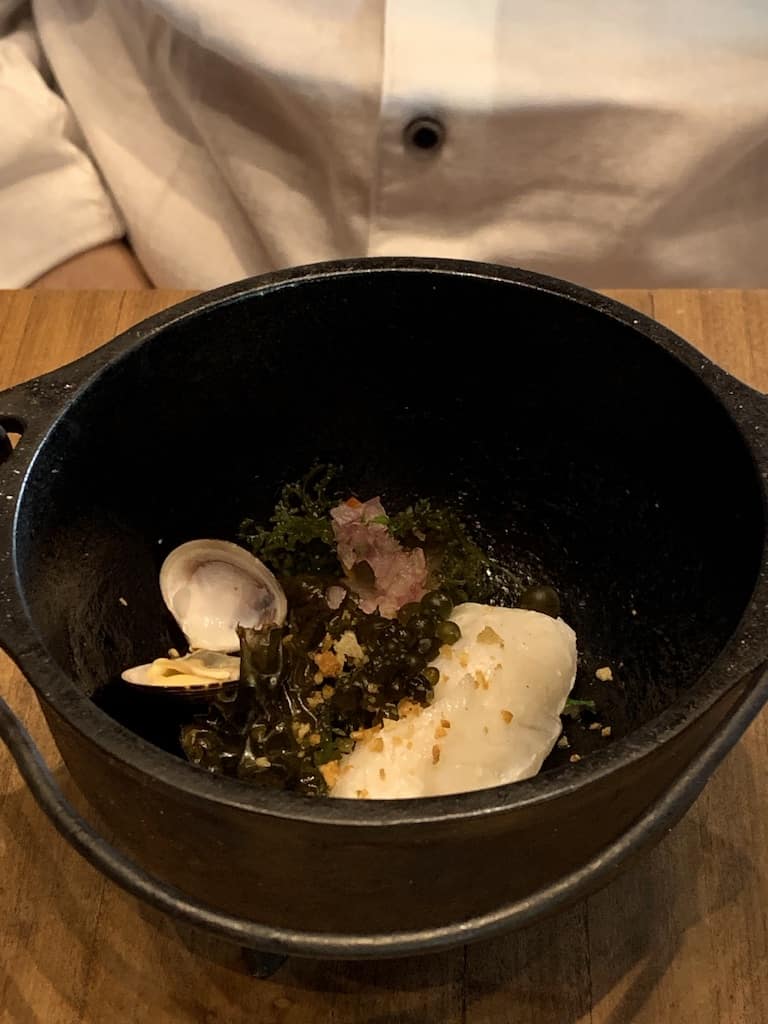
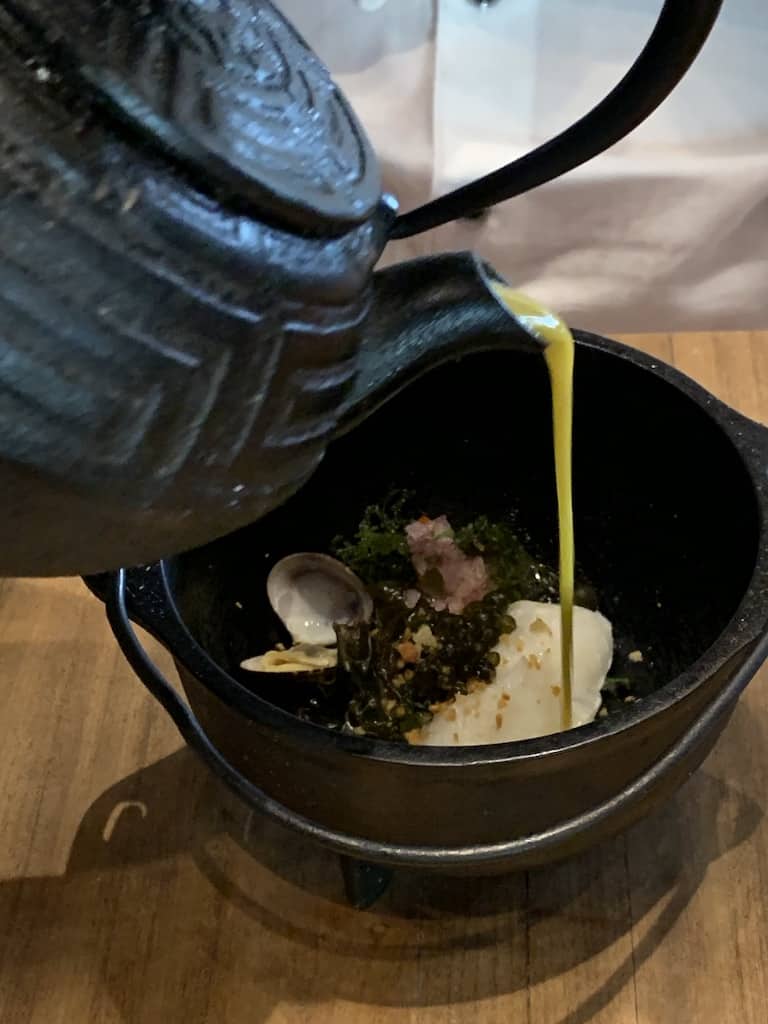
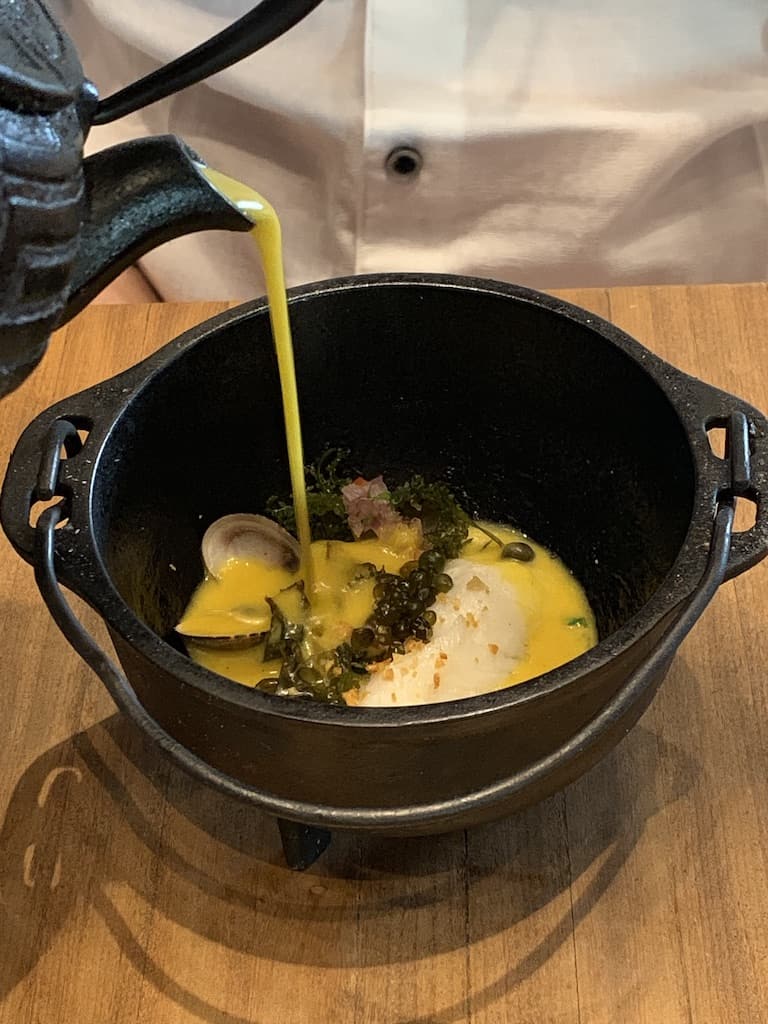
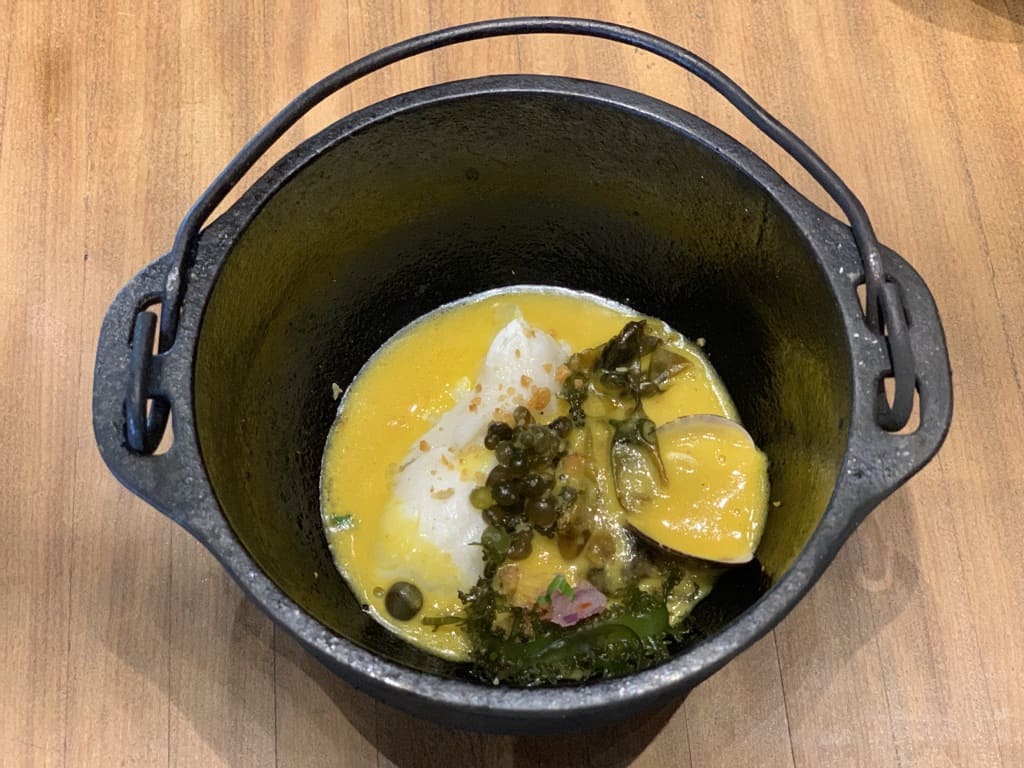
5) Cuy! Crispy skin cuy confit with cauliflower, ponzu, garlic and Chinese cinnamon cream.
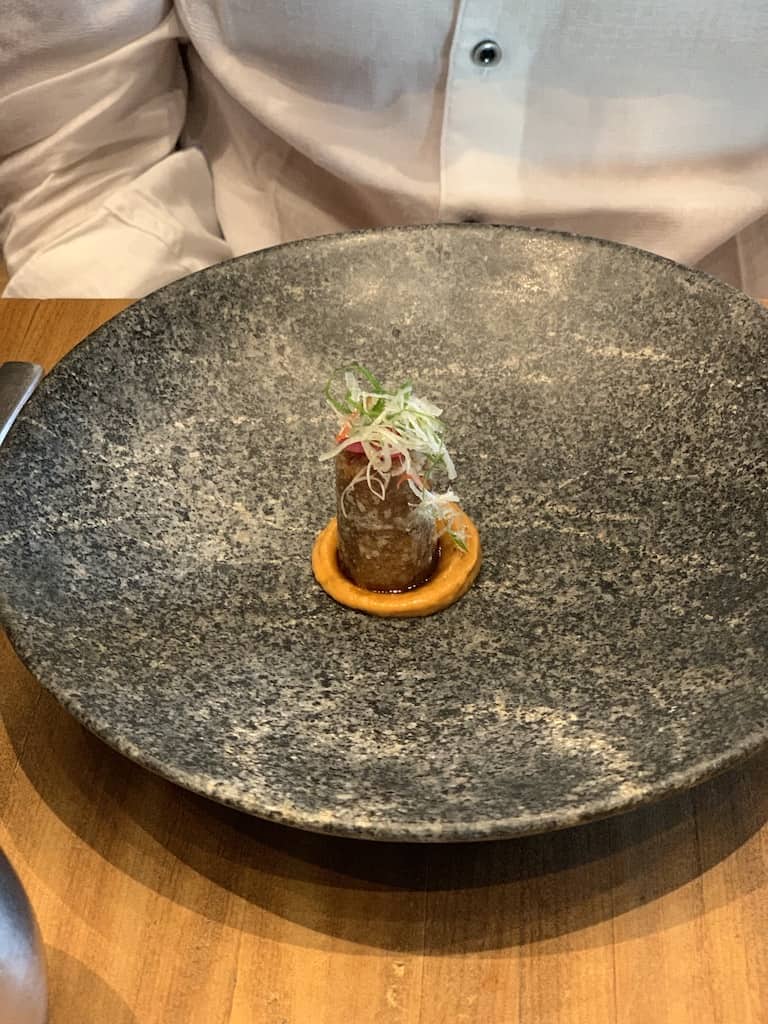
6) Sushi, served with the instruction that you “must eat with your hands”:
A) toro (tuna) with mustard seeds – sweet sauce
B) Peruvian scallop with an emulsion of sea urchin
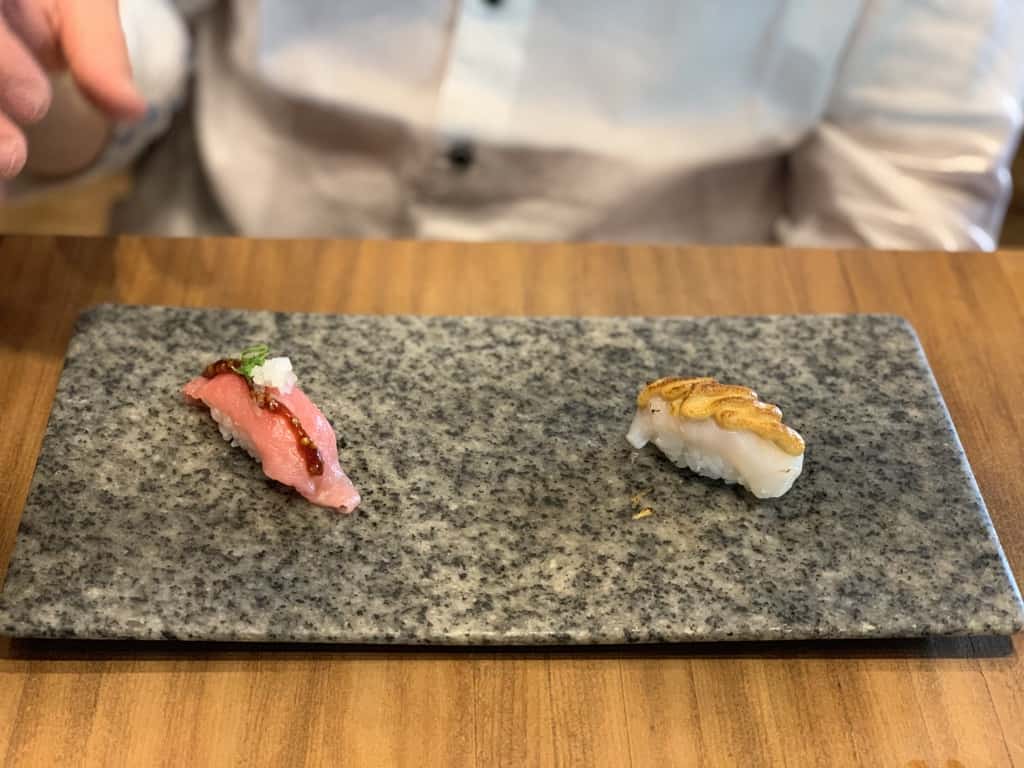
7) Fish stew (2nd best selling course). This was not what you would expect from a fish stew. It was black codfish marinated in miso with a Peruvian mushroom underneath, an apple gel and slivered toasted garlic. It was fishy, salty, crunchy, sweet. Perfect Japanese/Peruvian fusion.
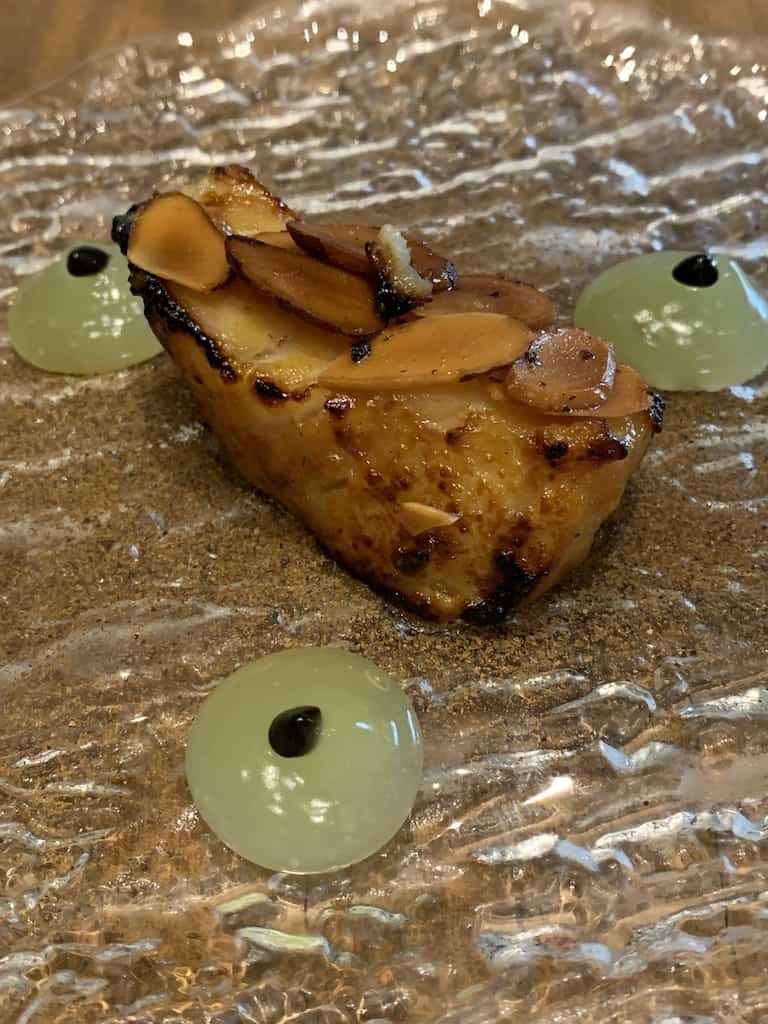
8) Best selling course and the favourite of the chef. Cooked for 50 hours, this beef rib is served with a glossy glaze of Nitsuke sauce (soy, mirin, brown sugar) and Peruvian native potato purée.
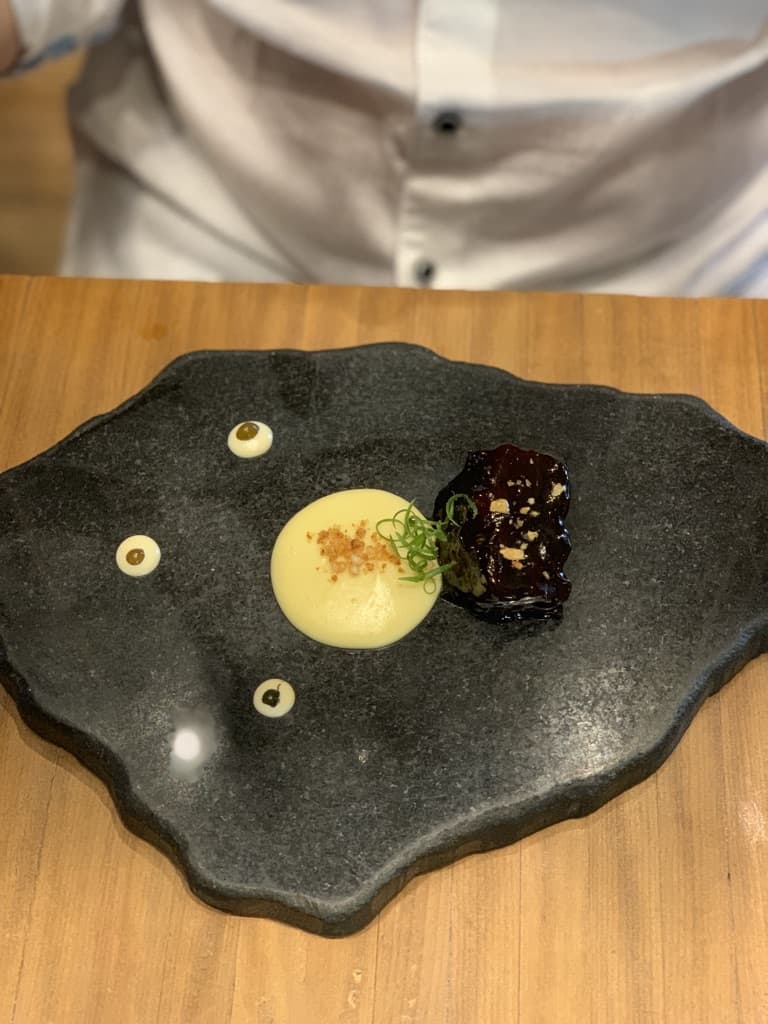
9) Sea urchin , creamy avocado, yellow chili, corn and rice bottom micro cilantro (poor Pete)
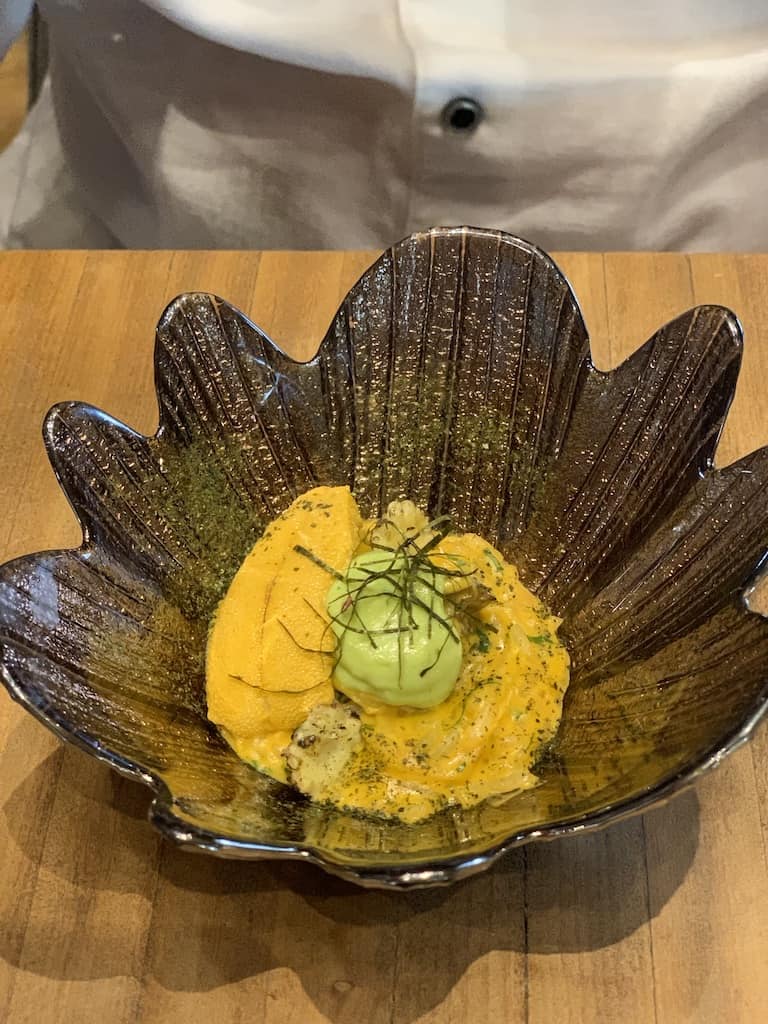
10) OMG, Elin’s ramen just arrived. Best ramen I’ve ever tasted! Ground pork, pork belly, eggs, noodles, green onion. Toasted black sesame seeds to add colour and crunch. Crunchy seaweed is removed and delivered to me.
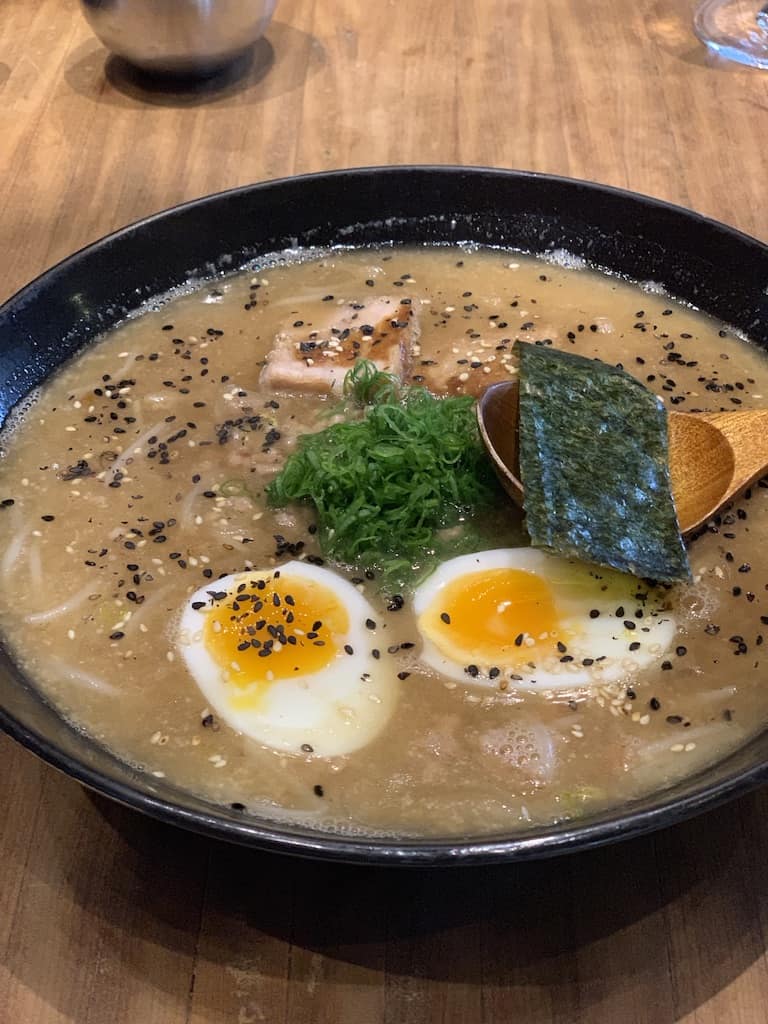
We talk to the people beside us. She is very friendly; he must be a lawyer. They are very Japanese. I want to know how they feel about their cuisine being modified by the Peruvians. They tell us they’re from Brazil and Argentina. Oops. They mention restaurants in Sao Paolo. Been there! And a steakhouse in Buenos Aires. Been there! We impress ourselves.
Elin can’t talk now. Ramen paradise!
11). Ice cream with foam pomegranate lukuma ice cream in a chocolate shell. Served in a giant sugar bowl that looks like coral or lava. Wow. Scrape the dish and get more sugar. Playful!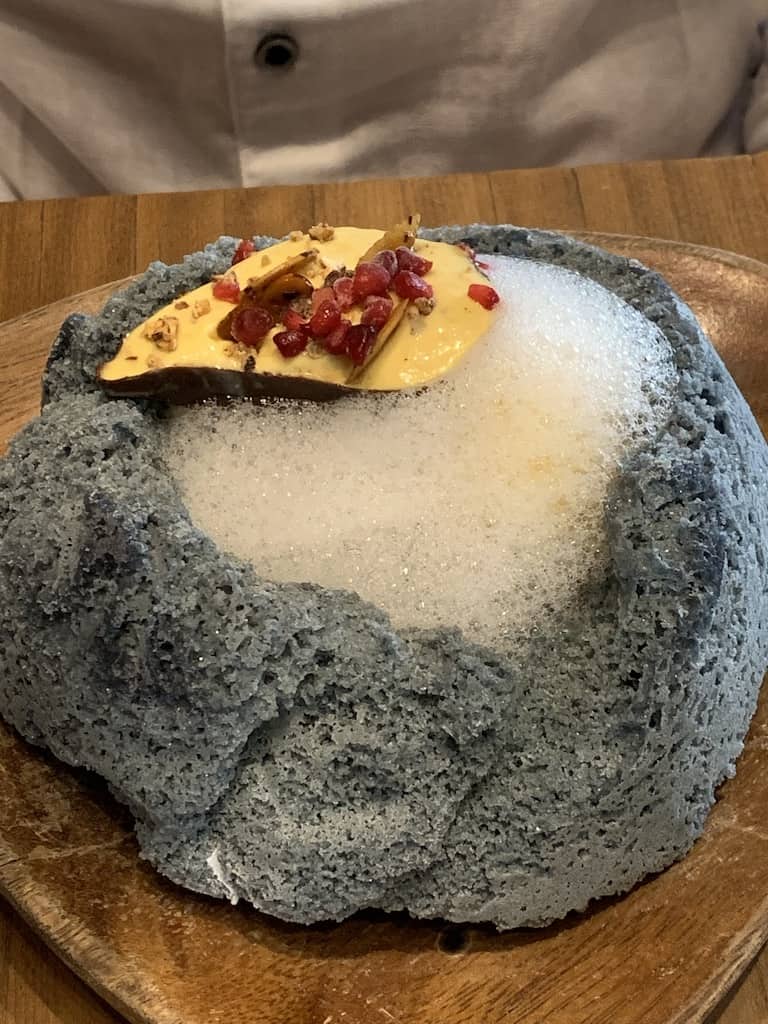
12). Macambo (also known as white cacao), a new superfood from the depths of the Amazon rainforest. It is prepared like ice cream with Goldenberry and mucilage.
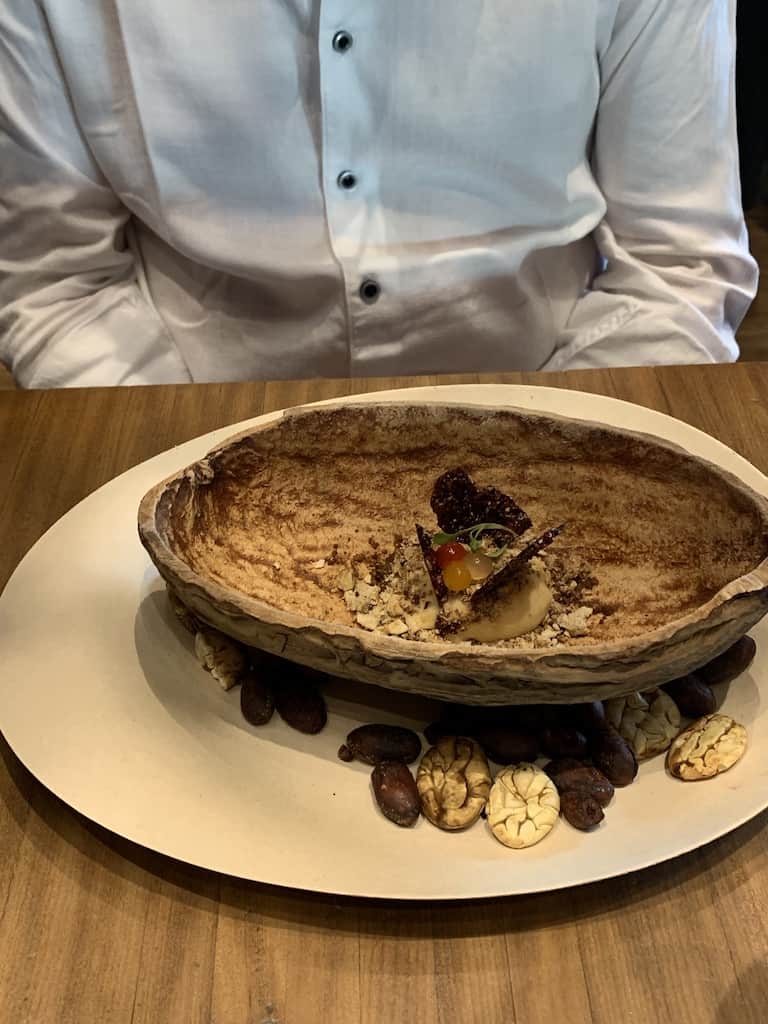
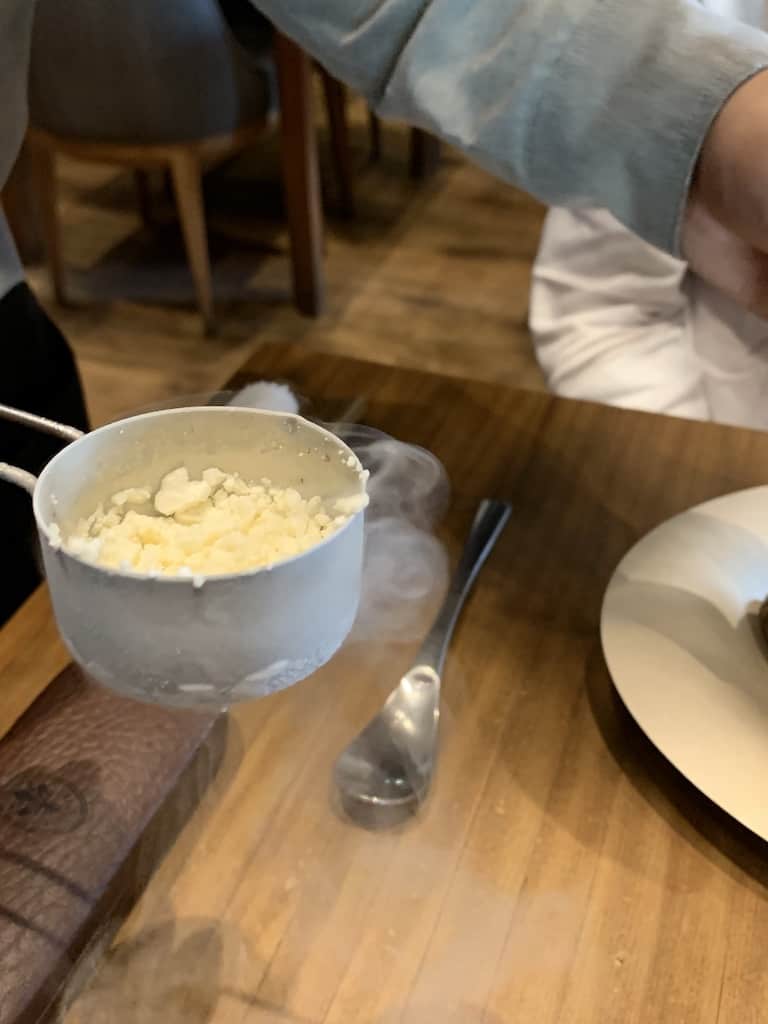
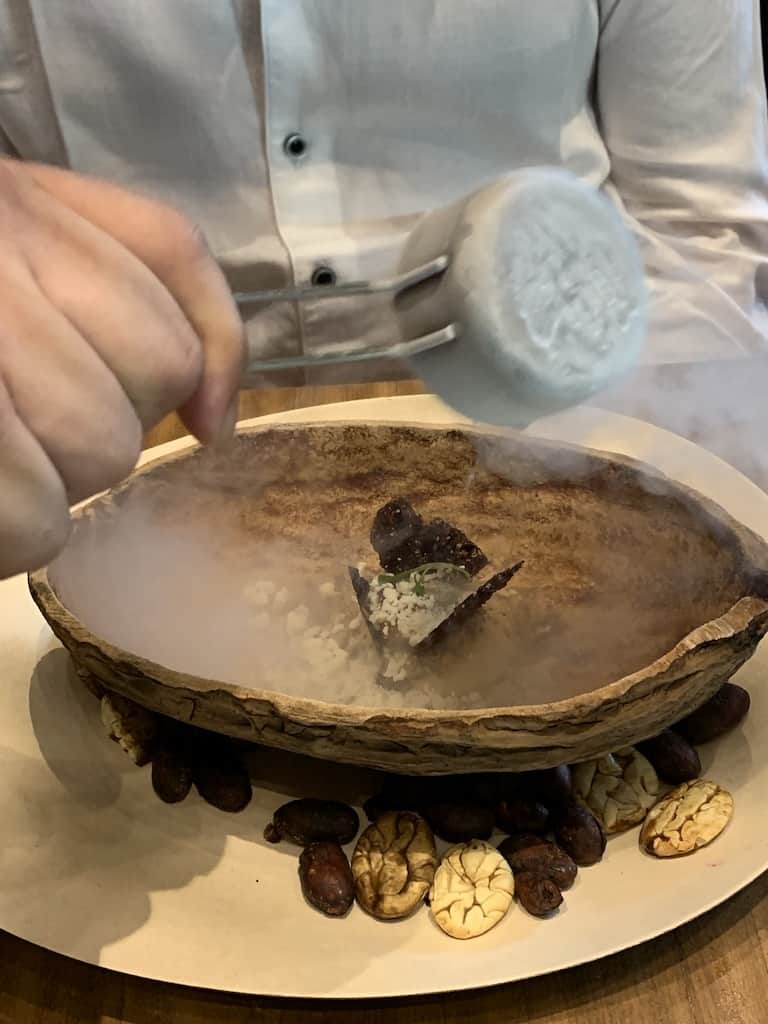
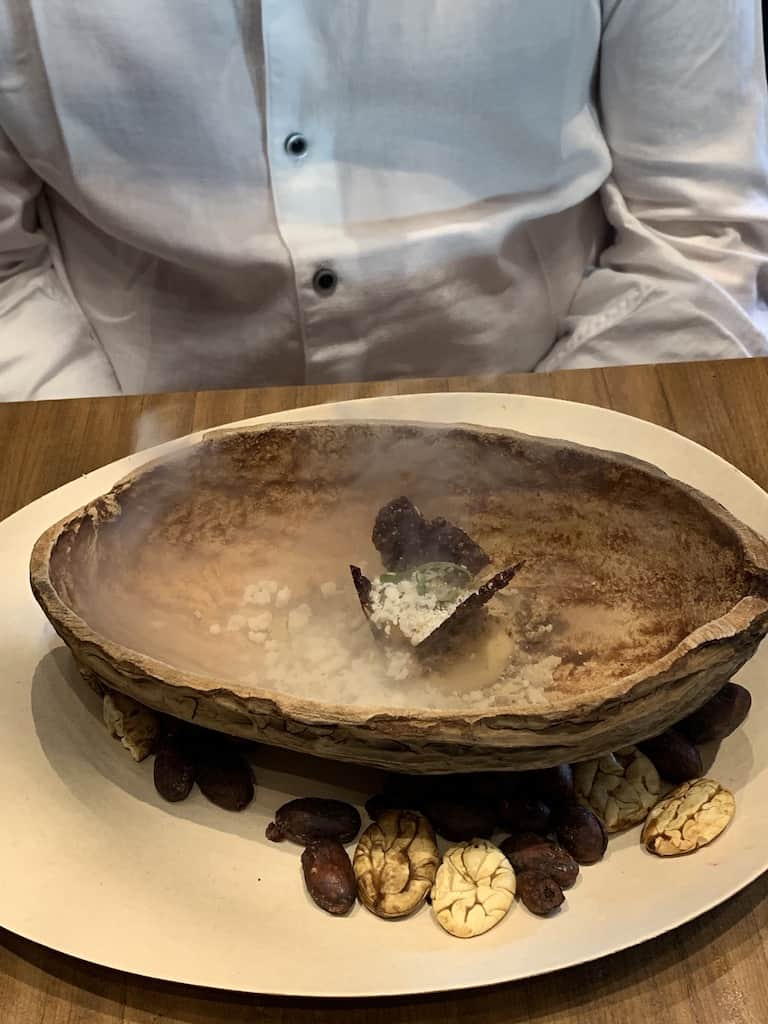
13) Bonus – Japanese petit fours. Interestingly, both are filled items. The first one is like an ice cream sandwich with a frozen banana in the middle. The second has a jelly-like skin with cacao in the middle.
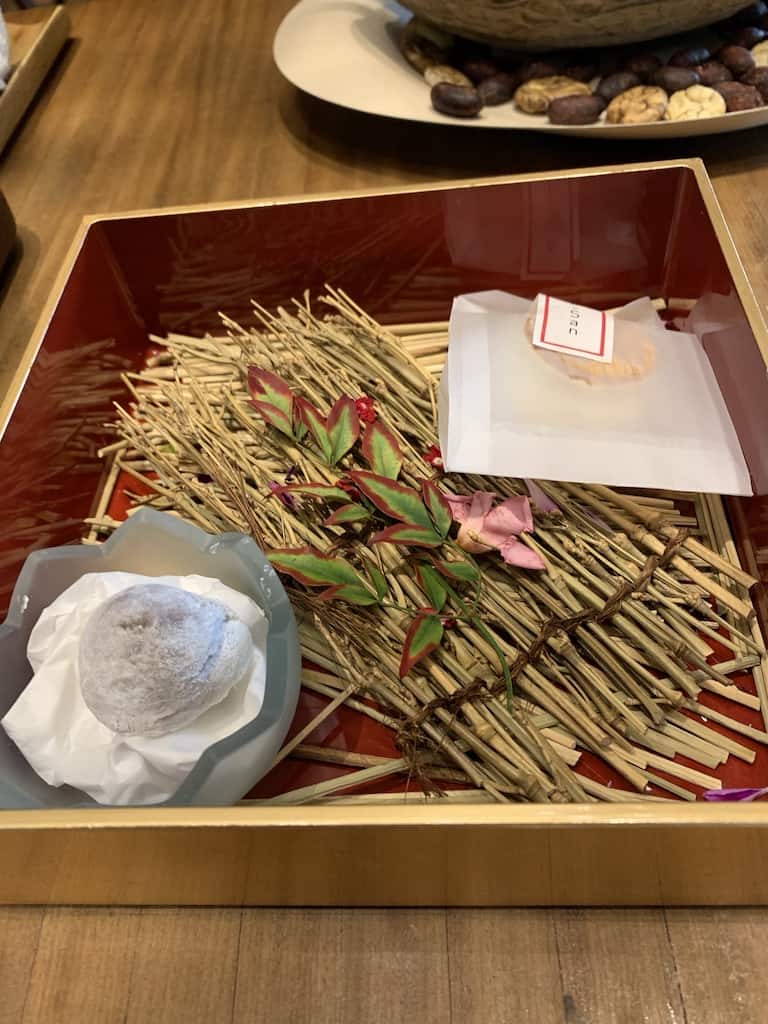
I’m happy to report that the journey was a success (and the flight home was without incident, except for Elin being told that they had canceled her flight and having to do a bit of scrambling to get home).
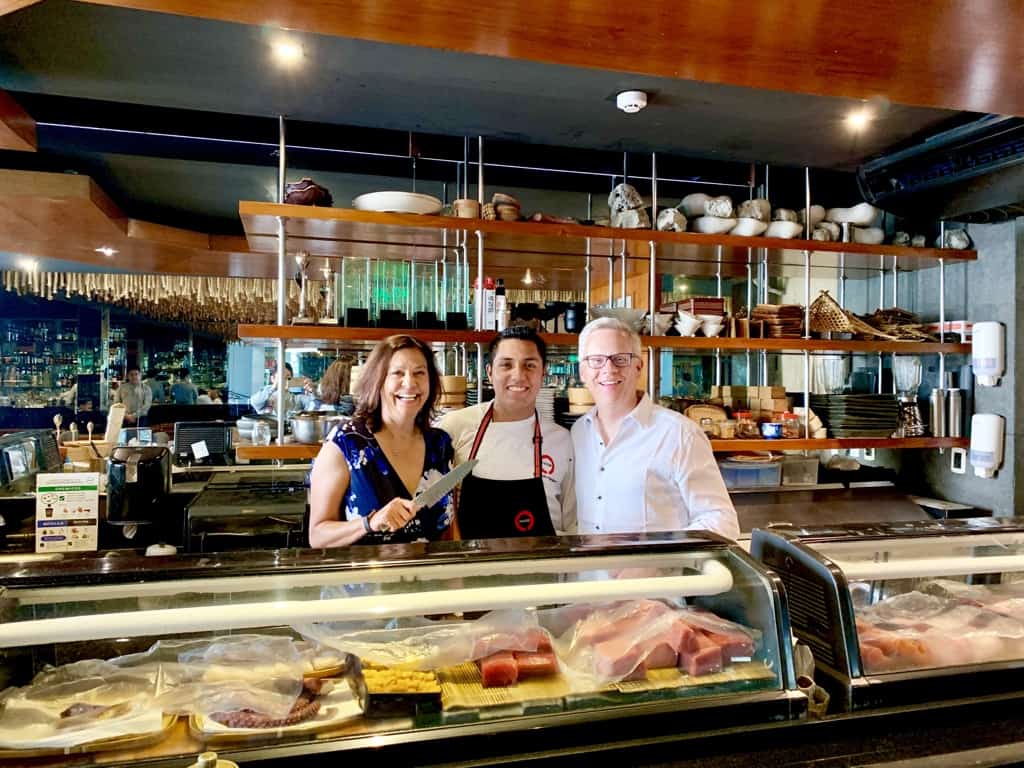
This Nikkei journey is quite the experience. The food is all so fresh and beautifully prepared. Between here and Central, it is no wonder that Lima is getting a culinary tourist reputation. Foodies, this is definitely a city that should be on your bucket list!
If you go:
Where: San Martín 399, Miraflores, Lima; http://maido.pe/ When: lunch Monday – Saturday 12:30pm – 3:45pm, Sunday 12:30pm – 5:00pm; dinner Monday – Saturday 7:00pm – 10:45pm, reservations necessary





















